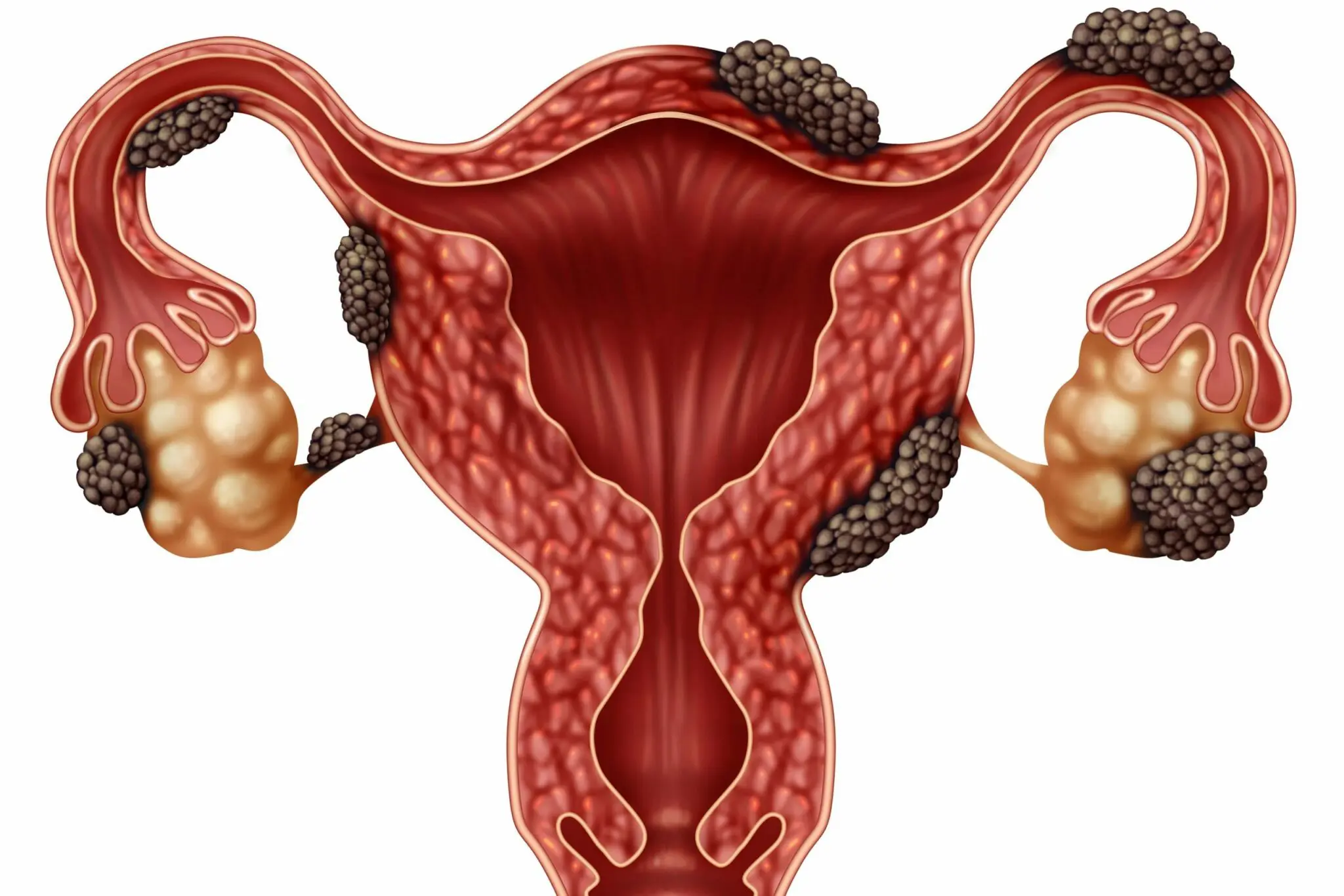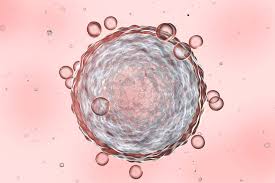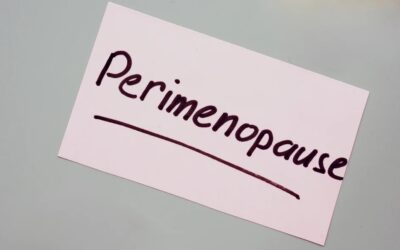
Endometriosis is a complex disorder of the female reproductive tract where cells, similar to those
found in the lining of the womb, are found elsewhere in the body.
BY OUR FOUNDER & FORMULATOR, HENRIETTA NORTON
The most common place patches of endometriosis are found is reproductive organs, and the large
intestines. Rarer locations include the lungs and spine.
During the female monthly cycle the fluctuation in hormones stimulates these cells, creating
‘patches’. These patches grow, break down and bleed as they would in the lining of the womb. This
leads to inflammation, pain, and the formation of scar tissue. In some cases organs and tissue
become stuck together called ‘adhesions’.
Approximately 10% of all premenopausal women within the UK have been diagnosed with
endometriosis and there are many more who remain undiagnosed. The average length of time for
diagnosis is 7.5 years. Diagnosis is so slow as it is a very complex process. In most cases, diagnosis
and treatment involves surgery.
Endometriosis isn’t just about painful periods. Women experience pain that is much more severe
than average period pain. They can also experience pain at other times of the month when they are
not menstruating. Women may experience period pain and additional pain coming from the
endometriosis lesion sites (also called ‘patches’ or if experiencing adhesions).
Endometriosis symptoms can vary in intensity for each woman and the ‘severity’ of the
endometriosis does not necessarily correspond to the amount of pain experienced. Some women
may not experience any symptoms at all or mild symptoms that appear to be ‘normal’ menstrual
pain.

Endometriosis is a hormonal condition. The hormone oestrogen plays a big role in how the
condition develops and progresses. However, there are many biological factors that influence it too.
The immune system and inflammatory responses by the immune system are just as important as the
hormonal aspect.
To diagnose endometriosis both common endometriosis symptoms and scan results are taken into
account. Doctors can sometimes see endometriosis on a scan, but they won’t be able to accurately
diagnose all cases without surgery (very often keyhole surgery). They may decide to treat the
endometriosis by removing it. Research shows endometriosis can reoccur 5 years after treatment,
which is why supporting the condition medically, nutritionally and through lifestyle is key.
The daily lives of these women can be deeply affected by this condition, influencing not just their
monthly cycle, but their entire being; from the immune system’s ability to control inflammation and
infection to the efficiency with which the body can produce and use energy, eventually impacting
their spirit and confidence as women.
Their symptoms include:
- Painful, heavy or irregular periods
- Pain during or after sex
- Painful bowel movements
- Pain during ovulation
- Muscle pain, stiffness and general pain – especially if there are adhesions
- Abdominal bloating
- Urinary tract discomfort and infections
Guest Blog by Wild Nutrition





0 Comments